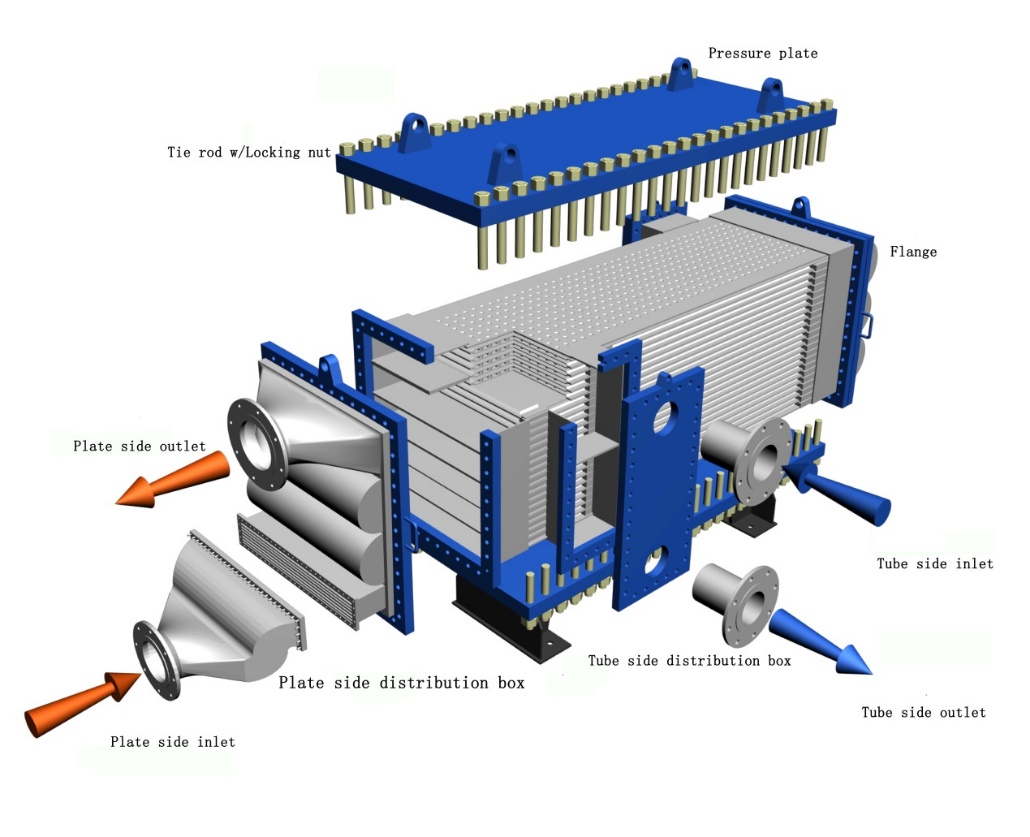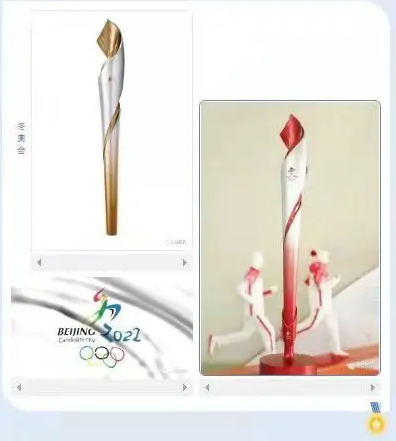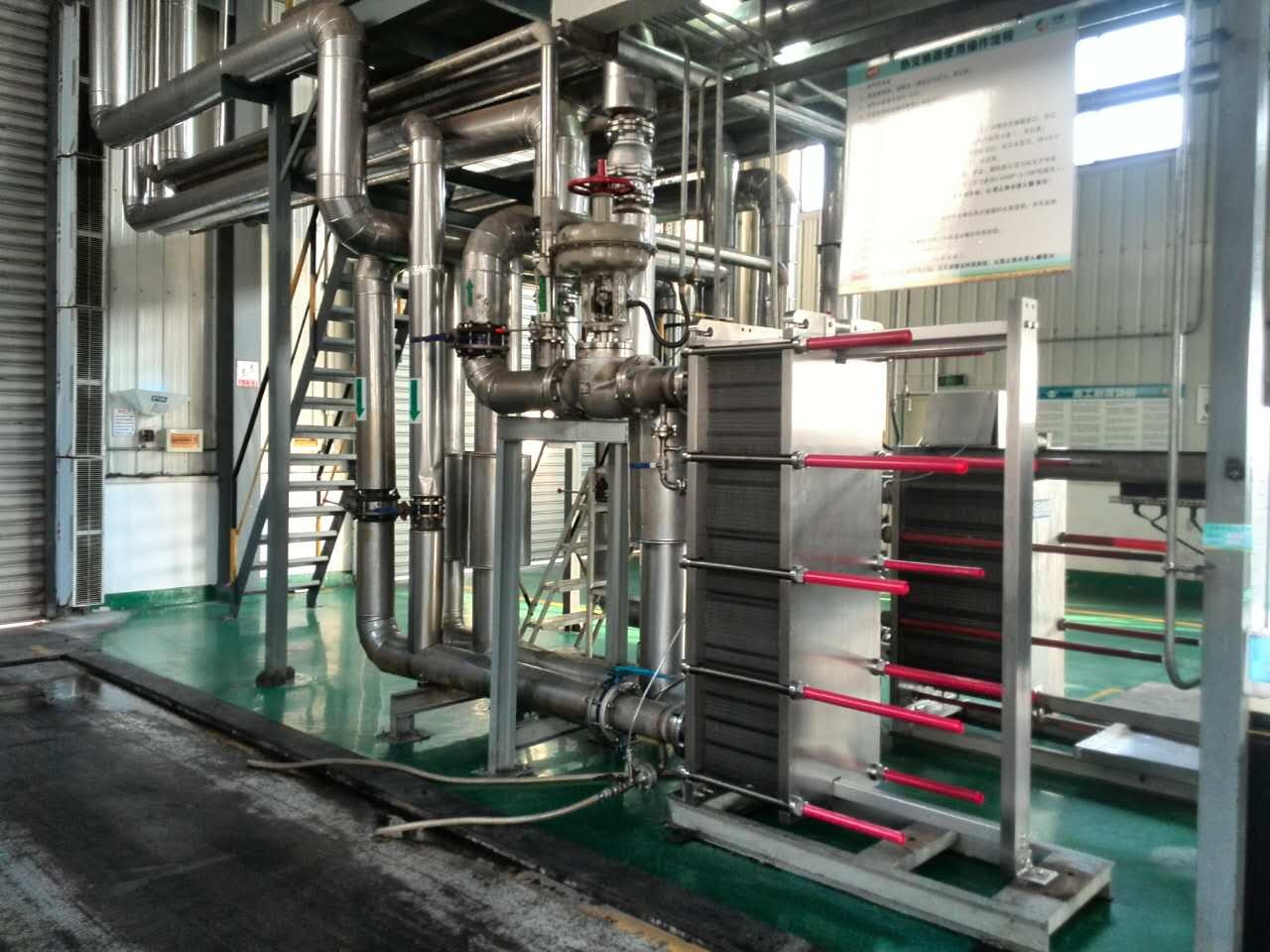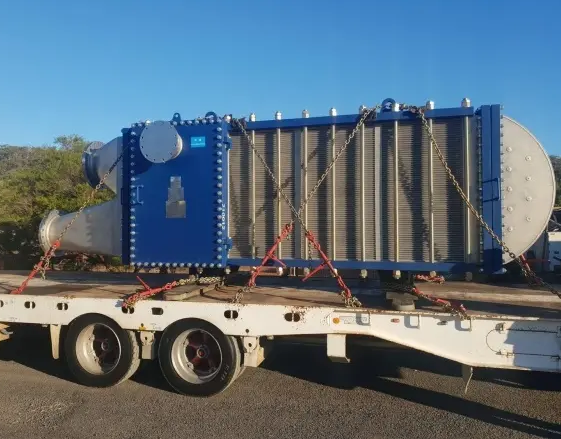How to Design a Plate Heat Exchanger
Plate heat exchangers (PHEs) are compact units con...
More
A liquid to liquid heat exchanger is a device designed to transfer heat between two separate liquid streams without allowing them to mix. These systems are widely used in industries such as chemical processing, power generation, HVAC, and food production, where precise temperature control is critical. The exchanger typically consists of plates, shells, or tubes that facilitate efficient thermal transfer while maintaining fluid separation. By leveraging the temperature difference between the two liquids, the system either heats or cools one stream using the other, optimizing energy efficiency. Common materials include stainless steel, titanium, or copper, chosen for their durability and thermal conductivity.
Liquid to liquid heat exchangers offer significant benefits, including high energy efficiency, compact design, and low maintenance requirements. Their ability to recover waste heat reduces operational costs and environmental impact, making them ideal for sustainable practices. For example, in HVAC systems, they can improve efficiency by up to 30% compared to traditional methods. The modular design allows for easy scaling, while corrosion-resistant materials extend lifespan. Additionally, these exchangers provide precise temperature control, critical for sensitive processes like pharmaceutical manufacturing. With minimal moving parts, they require less upkeep than air-based systems, ensuring long-term reliability and cost savings.
Select the most popular foreign trade service products to meet your diverse needs
Learn more about the dynamics and professional knowledge of the foreign trade industry

Plate heat exchangers (PHEs) are compact units con...
More
Blocked PHEs can significantly reduce performance,...
More
The day of Beijing Winter Olympics is getting clos...
More
Plate heat exchangers deliver high thermal efficie...
More
Recently, SHPHE received repeat order from custome...
More
A commercial plate heat exchanger offers industrie...
MoreExplore more content related to foreign trade services
